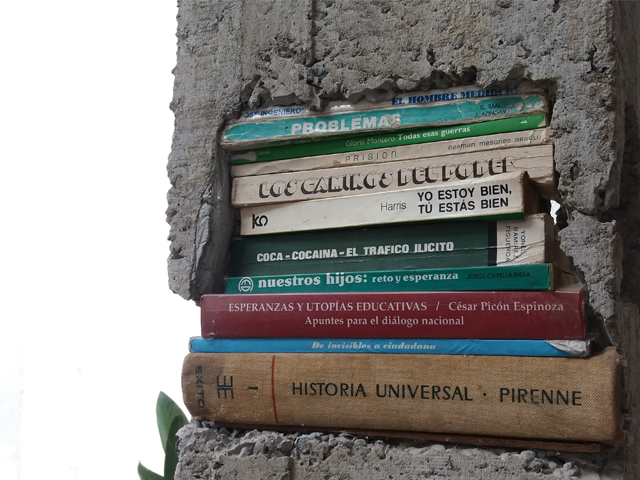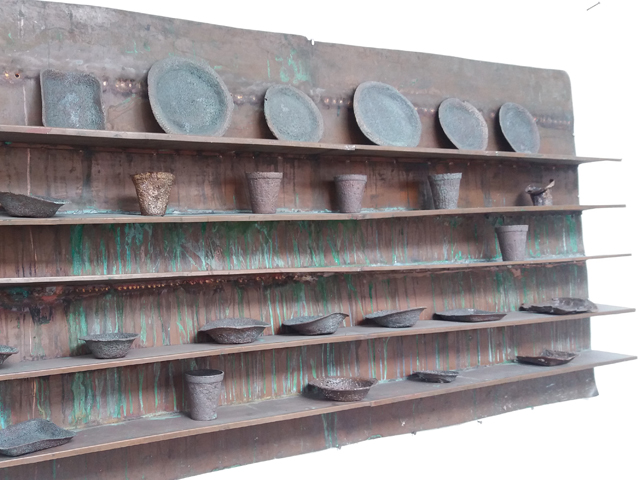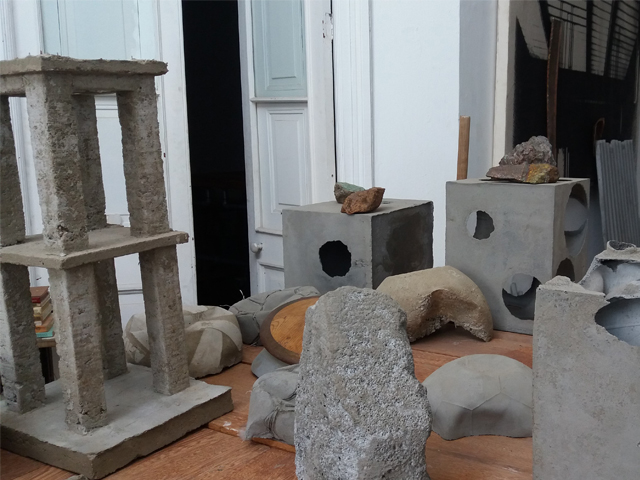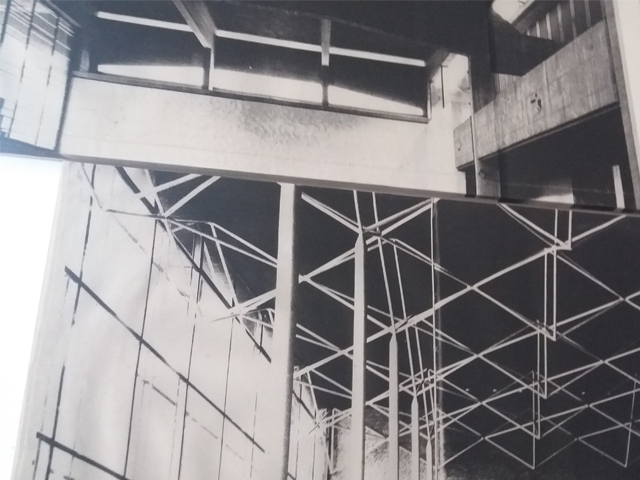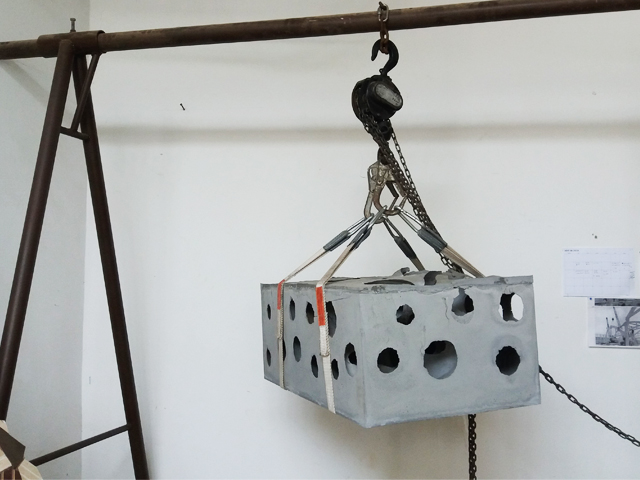Authentic art in Peru
Walking into the bright spacious studio of Ishmael Randall-Weeks, you instantly get the impression of an artist busy at work and creative juices flowing. The space is full of projects in progress – sculptures, building materials, drawings, photos and the sound of a power tool in the background. Ishmael calls it his ‘think tank space’ and it’s where all his work begins. The finished project might turn out to be a huge location-specific installation, that would never fit in his Baranco studio, but it’s here that the ideas are born and developed.
“I never keep finished work here in the studio” he says. “Once it’s finished it has to go”. He explains that the space is about evolution and change, so not for anything stagnant and finished.
Influences and Stimuli
Through his art Ishmael communicates his observations of landscapes and life in Peru. He was born in Cuzco in 1976 to a painter mother and writer father, so it’s easy to infer that he grew up surrounded by creativity. He describes the escapism and nomadic lifestyle of his childhood in the Sacred Valley as having a lasting influence on his work.
He explores themes of urbanization, transformation, regeneration, and is often pigeon-holed as an environmental artist but says this is too literal an interpretation of his work.
Influences also come from his time abroad. Ishmael left Peru to study and work in the United States, with many years spent in New York before returning to his homeland. He now splits his time between the two.
He has had solo exhibitions in New York, Rome, Mexico, Peru, Italy and Bolivia as well as a long list of international group exhibitions. He has represented Peru at the 10th Havana Biennial as well as the 9th Cuenca Bienal.
Reclaimed and renewed
Looking around the studio and through catalogues of his work, it’s clear that Ishmael works with just about every medium he can get his hands on – from small scale drawings, photography, film, to large site-specific installations using concrete and bricks – scale is clearly something he enjoys experimenting with. We see tiny models with miniature bricks – currently the size of a shoebox, but destined to fill a warehouse he tells us. For Ishmael the smaller drawings and pieces are a chance for intimate exploration of themes before allowing them to grow.
His larger pieces are generally based on found and reclaimed objects and debris – books and printed materials, tins, car tyres, bicycles and construction materials.
Artefacts of tomorrow
We get a sneak peak at some of the things Ishmael is working on. A display of Styrofoam cups that have been covered with copper catches my eye – disposable everyday objects juxtaposed with a luminous coat of longevity. The results are beautifully delicate forms, lined up on a shelf, displayed as if they were artefacts in a museum. Ishmael prompts us to think of them as ‘contemporary archaeology’ and invites the viewer to think about how future generations look back on our society today. What every day, throwaway objects will end up as artefacts in the museums of tomorrow, symbolic of our consumerist society?
Visiting Ishmael at his studio is an insightful, thought-provoking look into the exciting contemporary art scene in Lima. He’s articulate and confident talking about his work and invites visitors on a journey – exploring and understanding his work. He’s well connected with other artists in Lima and part of the dialogue and evolution of Lima’s art scene – it really was a pleasure to meet him.
Aracari has exclusive access to many prominent artists in Peru, including Ishmael Randall-Weeks. We can arrange private visits to Ishamel’s studio, where he’ll take you on a fascinating behind-the-scenes tour of his work in progress. If you’re interested in meeting Ishmael and exploring Lima’s contemporary art scene as part of a visit to Peru, get in touch with us at travel@aracari.com.

